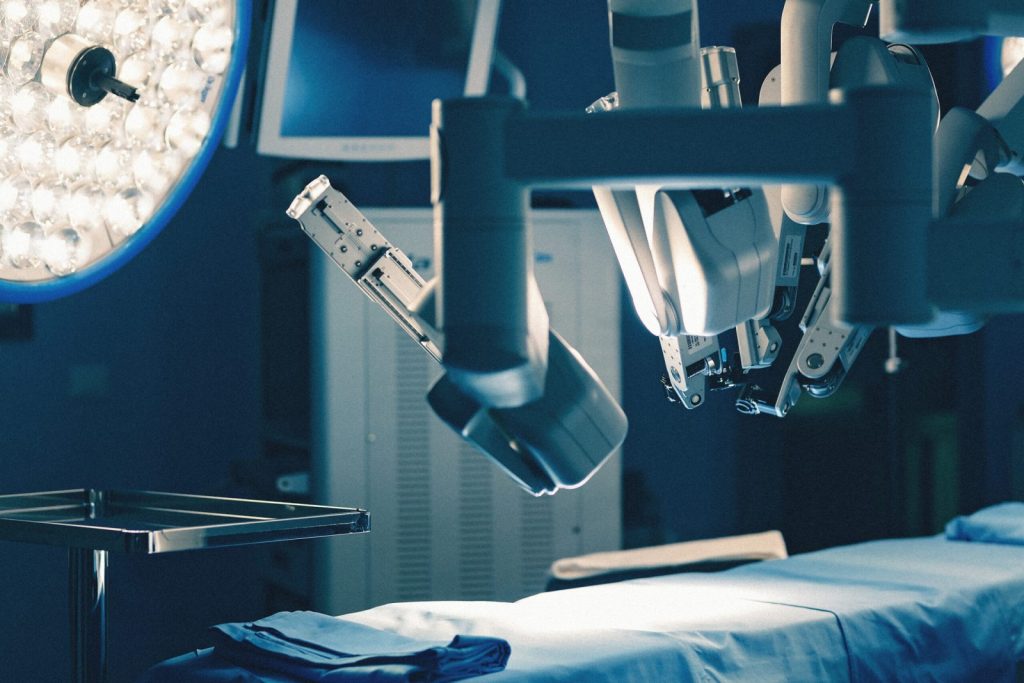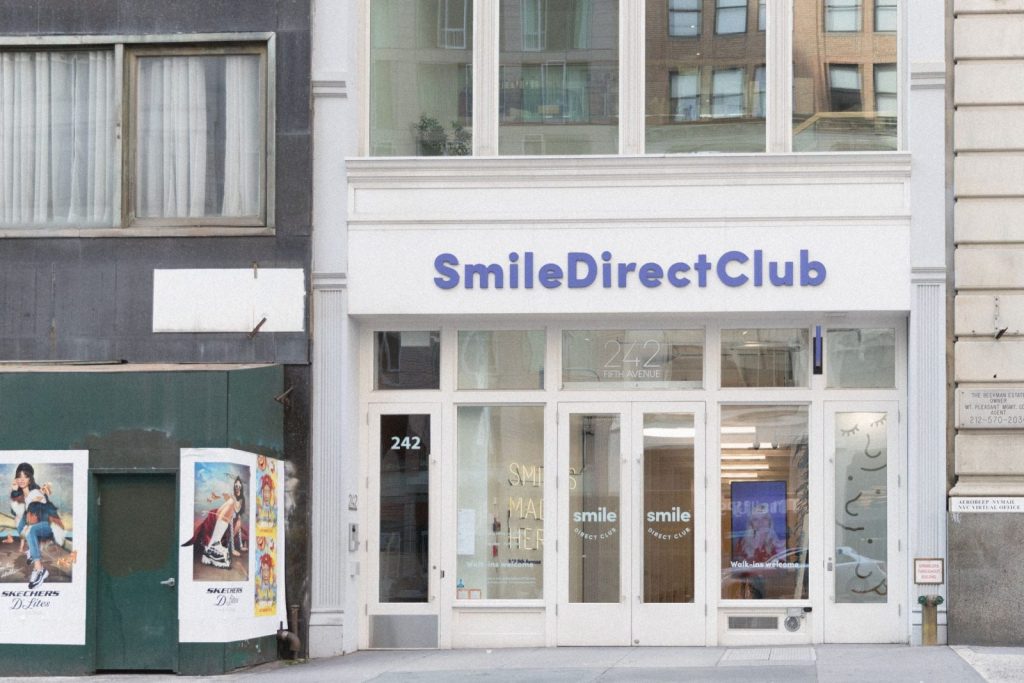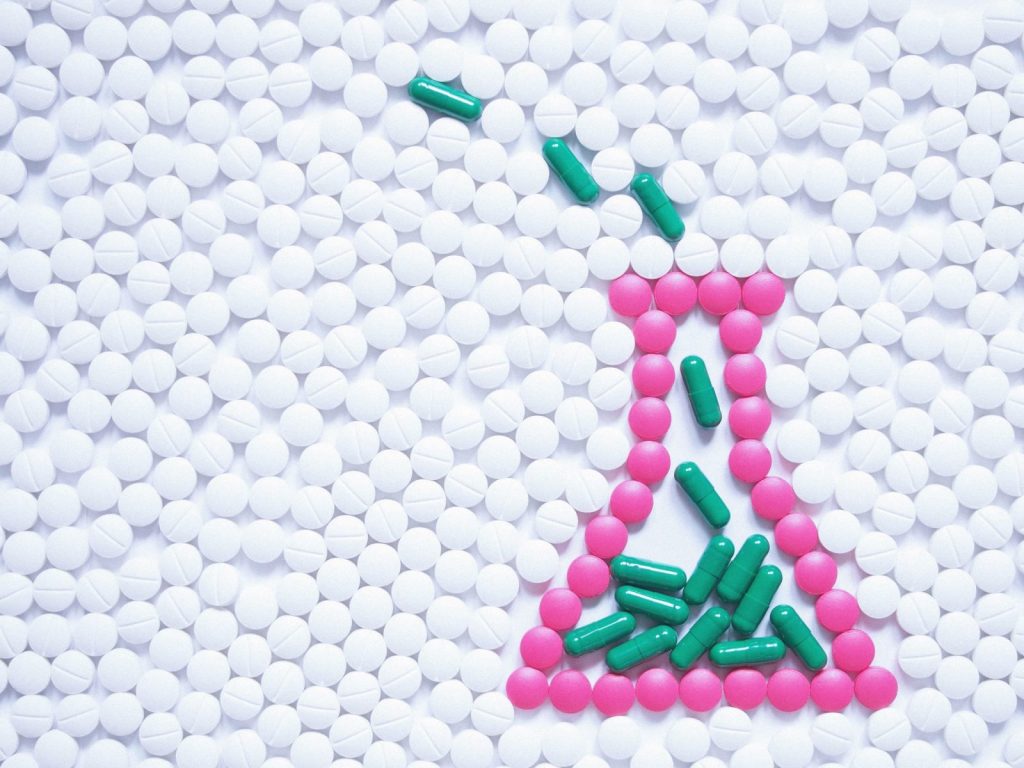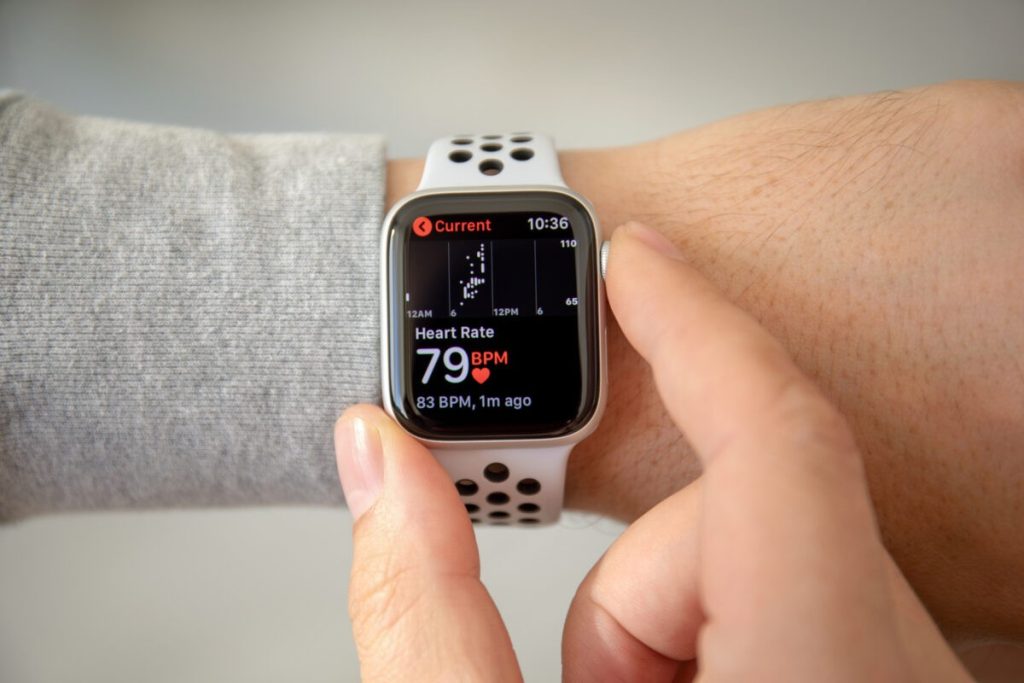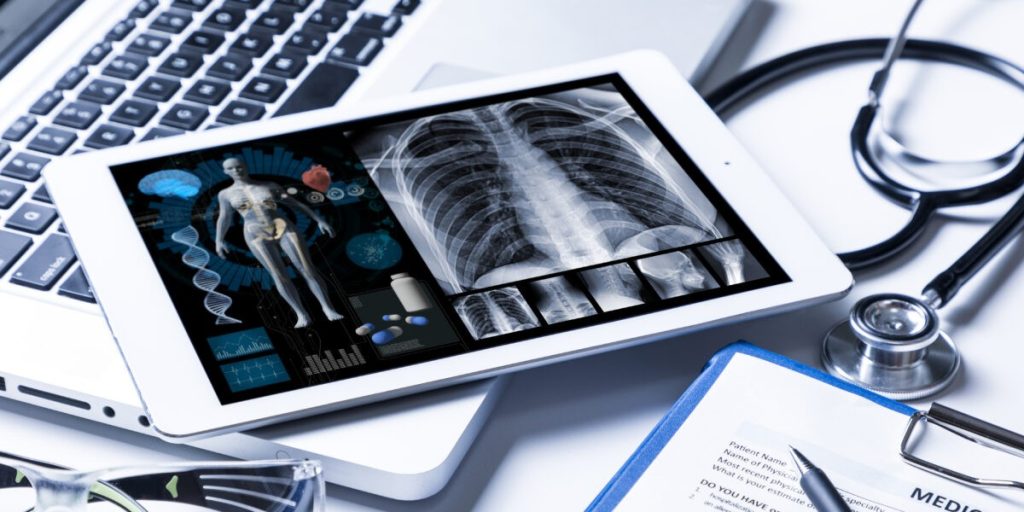The Human Approach to Medical Device Marketing
An advanced medical device marketing agency will mix fact-based and relationship based marketing, communicating value propositions, and moving online. The professionals at a successful healthcare marketing agency know that they can’t compare medical device marketing to promoting typical consumer goods and gadgets. While it’s helpful to understand marketing basics, a medical marketing agency needs to …

